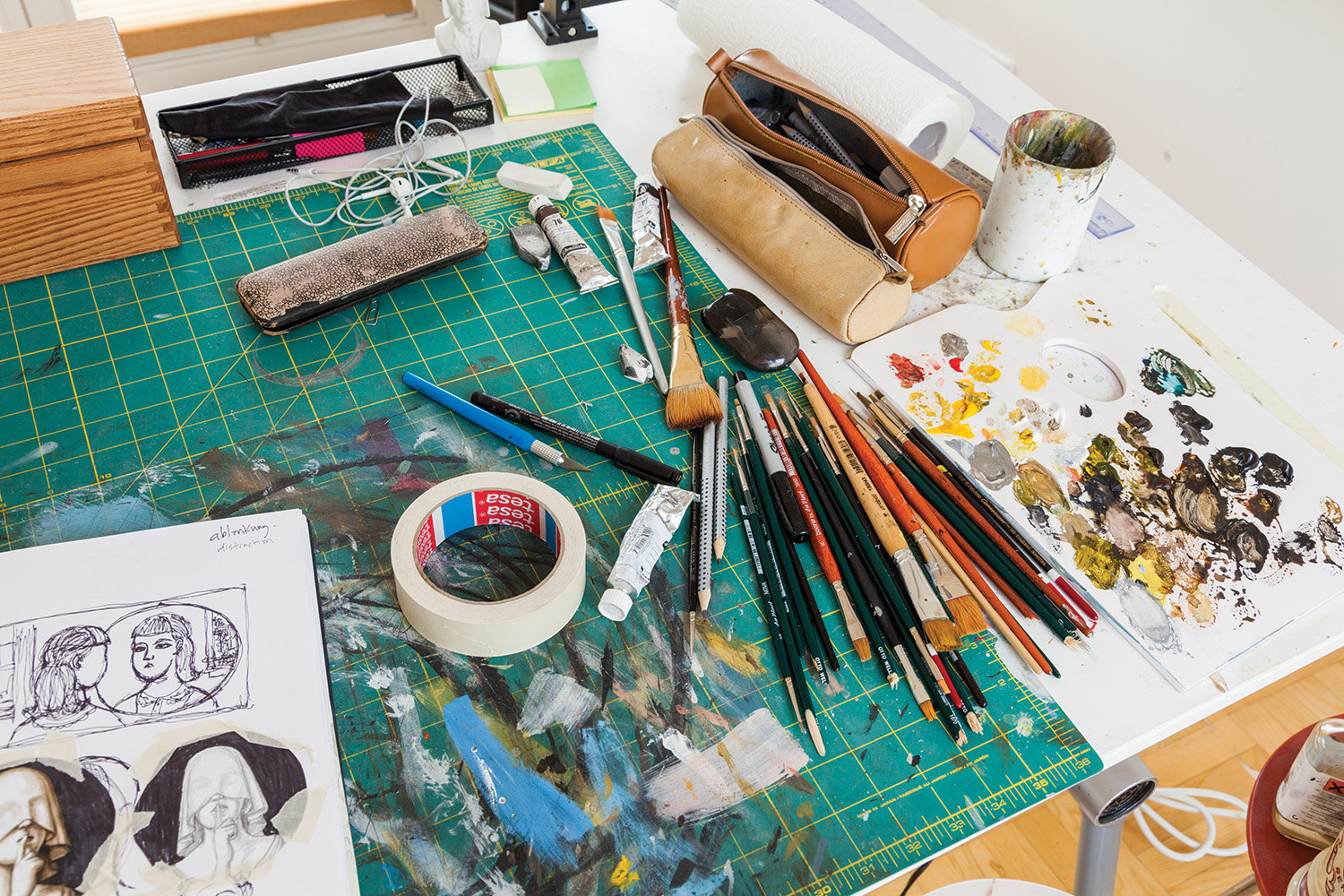Image


You should really subscribe now!
Or login if you already have a subscription.
Valerie Schmidt is a photographer whose work has been shown in many exhibitions in Europe and in the United States. She is based in Berlin and is a visiting professor for photography at the Hochschule Rhein-Waal in Kamp-Lintfort, Germany.